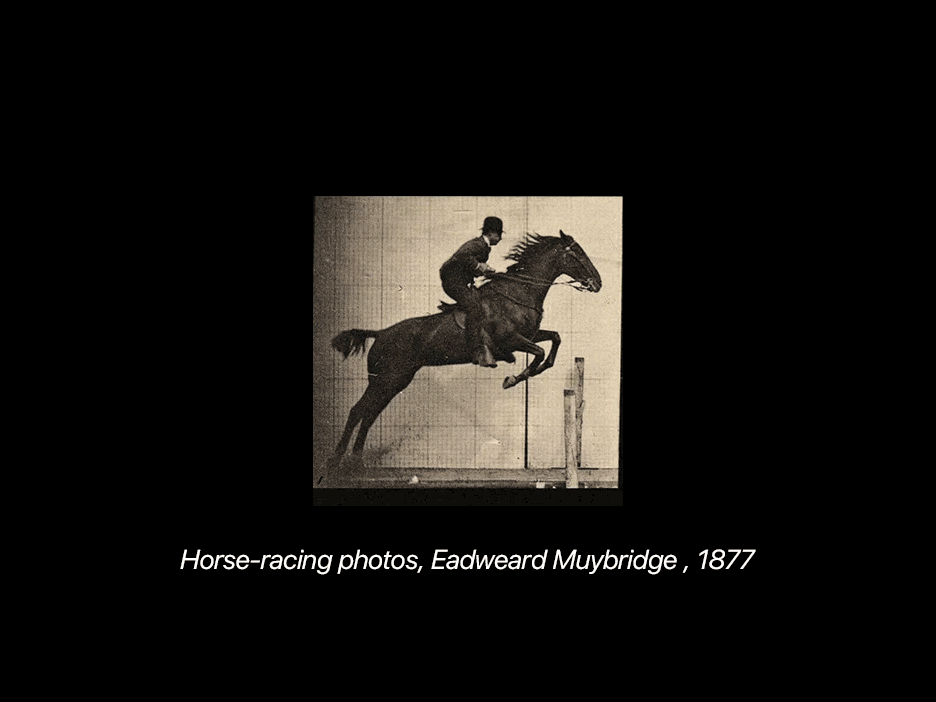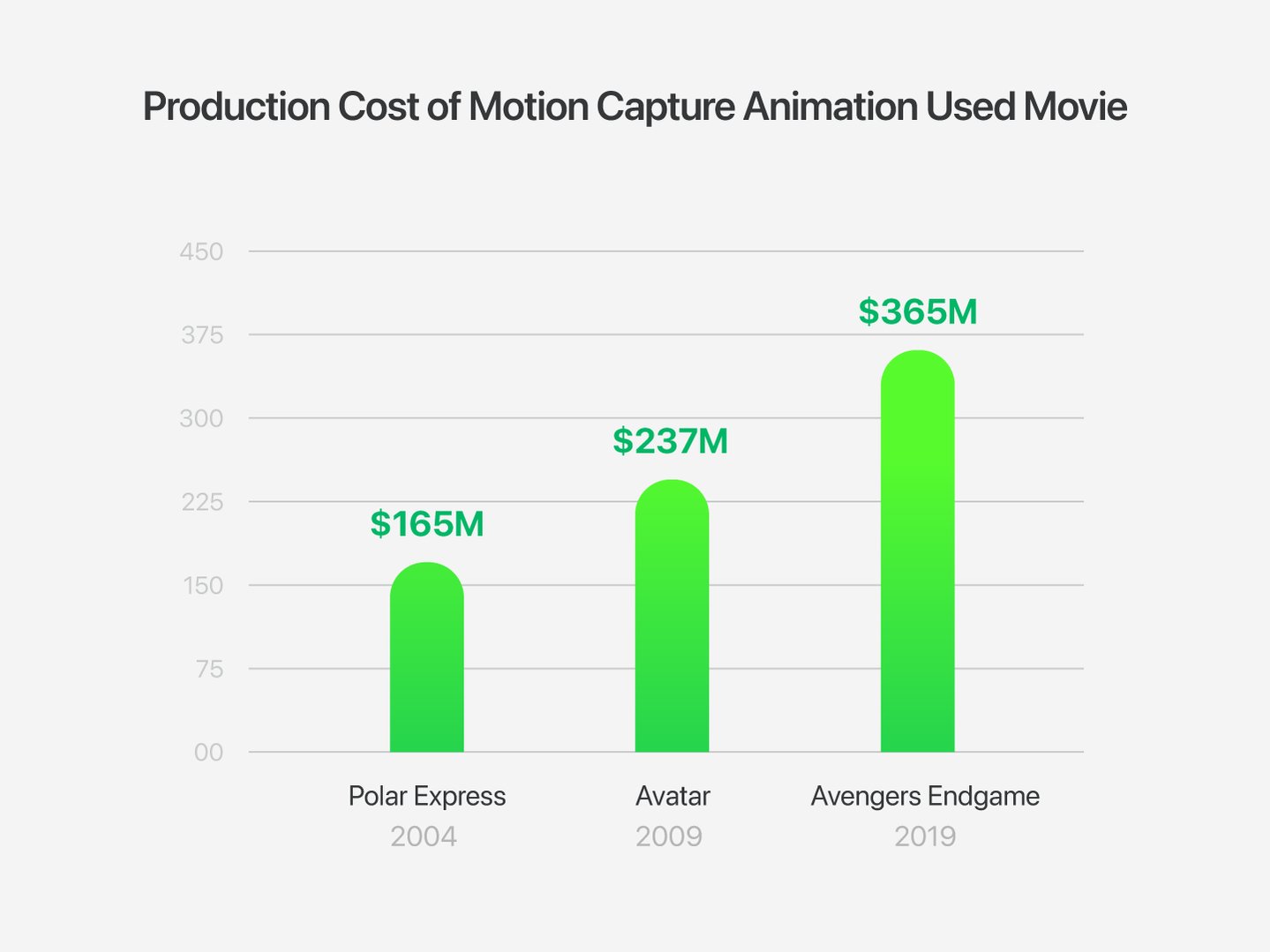How Motion Capture Works: The Basics for Animators

Did you know motion capture animation has a history that dates back to the late 1800s? Photographer Eadweard Muybridge took a series of horse-racing photos in 1877 that he arranged into a moving display that became the world’s first animated short.
The first true motion capture animator was Max Fleischer, who developed the rotoscoping technique in 1915. Rotoscoping matched up live-action film with handpainted animation images, yielding highly realistic on-screen movement. Fleischer inspired other animators like Walt Disney to expand extensively on the technique.
In this article, we’ll look at how motion capture works in the digital world. We’ll also highlight an impressive motion capture tool that makes animation accessible for everyone.
Motion Capture in the Modern Era
The most widely used modern motion capture technique, often called mocap, bridges the divide between the real world and animation. An actor’s movement is tracked and mapped directly into a digital format.
Early versions of mocap used basic motion capture bodysuits to transmit points of data. This evolved into the development of virtual skeletons with the capability to send full human movement and expression in fine detail from thousands of individual body points.
Computer-generated imagery (CGI) has helped motion capture animation take another huge step forward. CGI 3D rendering techniques have become the new standard in movies, television, video games, advertisements, and everywhere else you can find animation.
Animators use digital tools and platforms to create complex animated physical interactions, add personality flair through movement, layer in textures, adjust the viewing angle, and much more. This is what brings characters to life and allows the audience to lose themselves in the world of animation.
Anyone interested in animation has a favorite character that was developed using these techniques. Some of the best-known and most beloved of these characters/films include:
- Popeye
- Betty Boop
- Alice in Wonderland
- Snow White
- King Kong
- Star Wars
- Jurassic Park
- Polar Express
- Sméagol ‘Gollum’ in the Lord of the Rings
- Planet of the Apes
- Avatar
- The Avengers
- Ready Player One
- Alita: Battle Angel
This list barely scratches the surface of the biggest hits in motion capture and CGI. The video game industry has its own massive list of firsts and victories in the world of animation. So does television, advertising, and numerous others.
The Continuing Evolution in Motion Capture Animation
Motion capture animation was once the exclusive territory of big movie studios and entertainment companies. Until fairly recently it was still extremely expensive to acquire the tools to create convincing motion animation.

When Polar Express came out in 2004, for example, it cost $165 million. Just a few years later in 2009, Avatar cost $237 million. More recently in 2019, Avengers: Endgame cost $356 million.
Today, a motion capture tool for a small animation studio can still cost upwards of $50,000. Plus, animators must know the precise techniques it takes to use animation tools and create the kinds of epic masterpieces everyone has come to love.
Still, there are plenty of examples of excellent motion-capture animation beyond the big-budget mega-hit films. Small but innovative upstart studios have mastered motion capture techniques that allow them to complete exceptionally creative projects without blockbuster expenses.
This has also become an enormously popular career field. Every year in the United States alone, more than 60,000 up-and-coming animators are graduating from creative design programs and entering the field of motion capture animation. There are also hundreds of thousands of career animators in Spain, Japan, France, South Korea, and more.
Making Motion Capture Affordable and Accessible
Motion capture animation is becoming more accessible for animators at all levels. New tools make it more efficient, affordable, and fun to create animations. It’s now possible to animate movement using nothing but a webcam and reasonably-priced tool called Plask.
Plask is an AI-powered animation tool that captures video movement, then transforms it into accurate motion capture data. It also helps animators refine, publish, and promote their work.
The team at Plask believes that anyone can animate, given the right tools. That’s why Plask is animation by anyone, for everyone.
